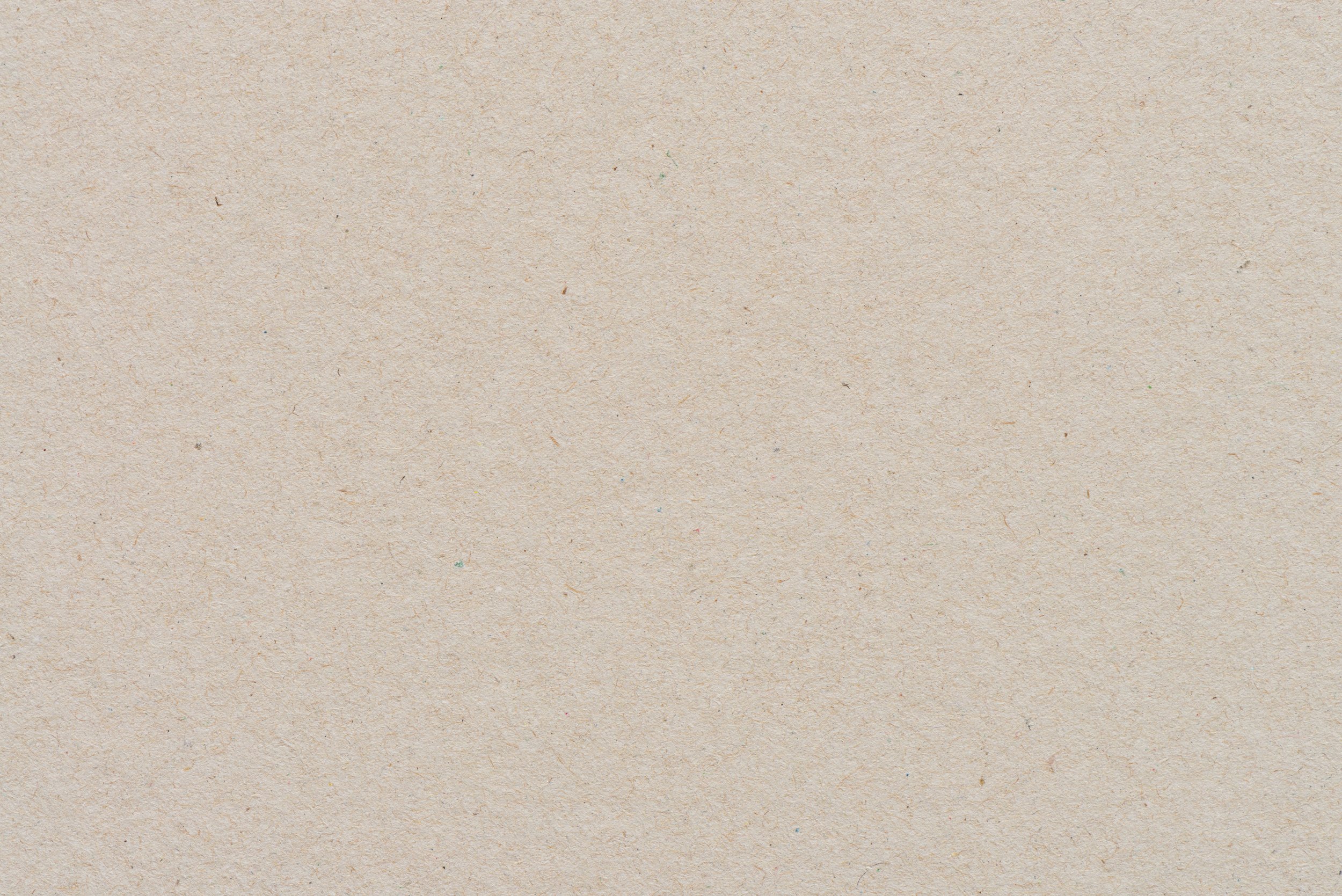
Birds Lay Eggs
LESSON 5
Children explore the life cycle of a bird by investigating a real egg and creating their own eggs using clay.
The book “Nest” by Joey Hurley.
The bird nest your child created from Lesson 4
An egg
A bowl
Bird egg diagram (there is a photo in the lesson you can reference)
Model clay (air dry or oven bake)
Acrylic paint
Paint smock
Paint brushes
Materials
Familiarize yourself with the story beforehand.
Gather materials for the bird nest activity.
Preparations
Engage children in a lesson about the parts of an egg, encouraging them to ask questions and make observations.
Help shape the clay to resemble bird eggs and assist in baking if necessary.
Supervise the use of paint and provide children with pictures of bird eggs.
Guide children in the reading of “Nest” and discuss the life cycle of a bird.
Objectives for Teachers
Objectives for Children
Children explore the parts of an egg through a hands-on investigation of a real egg.
Children strengthen fine motor skills as they mold clay into bird eggs and paint.
Children understand that birds go through a life cycle, and each topic learned in this unit plays a role in that cycle.

Collect and Connect
Practice saying the poem, “Once I Saw a Little Bird” with the actions you came up with.
Once I Saw a Little Bird
Once I saw a little bird,
Come hop, hop, hop.
And I cried, “little bird,
Will you stop, stop, stop.”
I was going to the window,
To say, “How do you do?”
When he shook his tail,
And away he flew.

Activity Flow
What do you remember about the story?
Are all nests the same?
How do birds build nests?
Why do birds build nests?
What do you know about bird eggs?
Begin by reflecting on the previous lesson about why and how birds build nests. Ask your child if they can recall the story “Bird Builds a Nest,” or “Mama Built a Little Nest.” Here are some questions you might ask:
2. Let your child share their knowledge about bird eggs. Then, tell them that they'll get to explore a real egg today. When working with raw eggs, kids should wash their hands well before and after handling them. Make sure the eggs are clean and not cracked. Supervise kids closely, and clean surfaces afterwards. Teach children about the importance of these safety steps.
3. Now it is time to explore an egg! Begin by letting your child hold the egg and describe its texture—is it smooth or rough, soft or hard, big or small? Then, have them crack the egg into a bowl, and share what they hear, see, and feel. Encourage hands-on exploration of the eggshell and its contents. Here are some questions to guide their exploration:
Why do you think bird eggs have a hard shell?
How does the hard shell keep the baby bird safe?
What do you see inside the cracked egg?
How does egg white feel in comparison to yolk?
How do you think a bird grows inside an egg?
4. Explain that the shell is what protects the baby bird from other animals and bacteria. Point out the yolk and explain that it's the part responsible for developing the embryo, which grows into a baby bird.
5. Look at the bird egg diagrams together, point to a name the different parts of a bird egg. It might also be helpful to view photos or a video depicting the transformation of an embryo to a baby bird.
6. After exploring an egg, work together to shape the clay to resemble an egg. Create as many as you want. After shaping, you can either bake them or let them air dry. Once dry, feel free to paint them. For inspiration, look at the eggs in the book "Nature Anatomy" or search for images of various bird eggs online.
7. Now your child has a bird, a nest, and eggs, showcasing the life cycle of a bird. Wrap up the activity by reading "Nest" by Jorey Hurley. This story beautifully depicts the life cycle of a bird. As you explore the illustrations, take a moment to draw connections to the birds, nests, and eggs your child has learned about throughout this unit.




